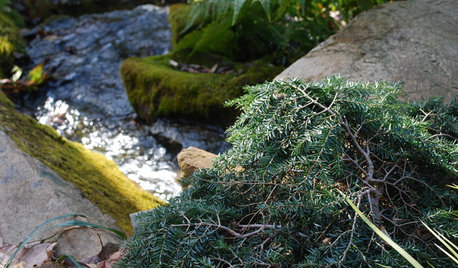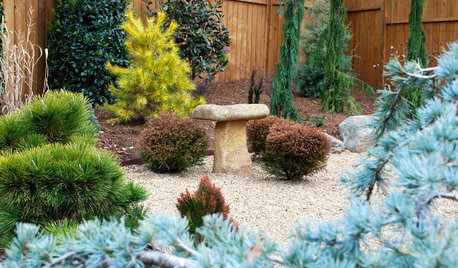Dwarf Alburta Spruce Prices
broconne
16 years ago
Featured Answer
Sort by:Oldest
Comments (8)
tcharles26
16 years agolast modified: 9 years agogreenlarry
16 years agolast modified: 9 years agoRelated Professionals
Forest Park Landscape Architects & Landscape Designers · San Juan Landscape Architects & Landscape Designers · Jackson Landscape Contractors · Maple Valley Landscape Contractors · Aloha Landscape Contractors · Clearlake Landscape Contractors · Edwardsville Landscape Contractors · Fort Atkinson Landscape Contractors · Glendale Heights Landscape Contractors · Marlborough Landscape Contractors · Pahrump Landscape Contractors · Post Falls Landscape Contractors · San Pedro Landscape Contractors · Tinton Falls Landscape Contractors · Hawaiian Gardens Landscape Contractorsgardengal48 (PNW Z8/9)
16 years agolast modified: 9 years agotcharles26
16 years agolast modified: 9 years agoken_adrian Adrian MI cold Z5
16 years agolast modified: 9 years agogreenlarry
16 years agolast modified: 9 years agotcharles26
16 years agolast modified: 9 years ago
Related Stories

GARDENING GUIDESGreat Design Plant: Tsuga Canadensis ‘Bennett’
Bennett Canadian hemlock thrives in shade and provides sculptural interest in eastern U.S. gardens
Full Story
PLANTING IDEASStretch the Budget, Seasons and Style: Add Conifers to Your Containers
Small, low-maintenance conifers are a boon for mixed containers — and you can transplant them to your garden when they’ve outgrown the pot
Full Story
GARDENING GUIDESGreat Design Plant: Thuja Occidentalis ‘Bobozam’
Sculptural, diminutive and low maintenance, Mr. Bowling Ball arborvitae works hard in small spaces
Full Story
LANDSCAPE DESIGNPretty Trees for Patios, Paths and Other Tight Spots
Choose trees for their size, shape and rate of growth — or shape them to fit your space. Here's how to get started
Full Story
GARDENING GUIDES9 Low-Growing Hedges That Make Good Neighbors
Define garden areas or borders without blocking the view, with these evergreen shrubs that take kindly to trimming
Full Story
GARDENING GUIDESGreat Garden Combo: 3 Wonderful Plants for a Deer-Resistant Screen
Protect your privacy and keep deer at bay with a planting trio that turns a problem garden area into a highlight
Full Story
ARCHITECTURETell a Story With Design for a More Meaningful Home
Go beyond a home's bones to find the narrative at its heart, for a more rewarding experience
Full Story
GARDENING GUIDESThe Beauty of Bare-Root Plants
Plant dormant trees and shrubs in fall using the easy, affordable bare-root method and enjoy beautiful results in spring
Full Story
LAWN ALTERNATIVESStop Fighting the Patchy Lawn!
Here are 3 situations where a garden may be a better idea than more turfgrass
Full Story
GREAT HOME PROJECTSHow to Replace Your Lawn With a Garden
New project for a new year: Lose the turfgrass for energy savings, wildlife friendliness and lower maintenance
Full Story








ken_adrian Adrian MI cold Z5